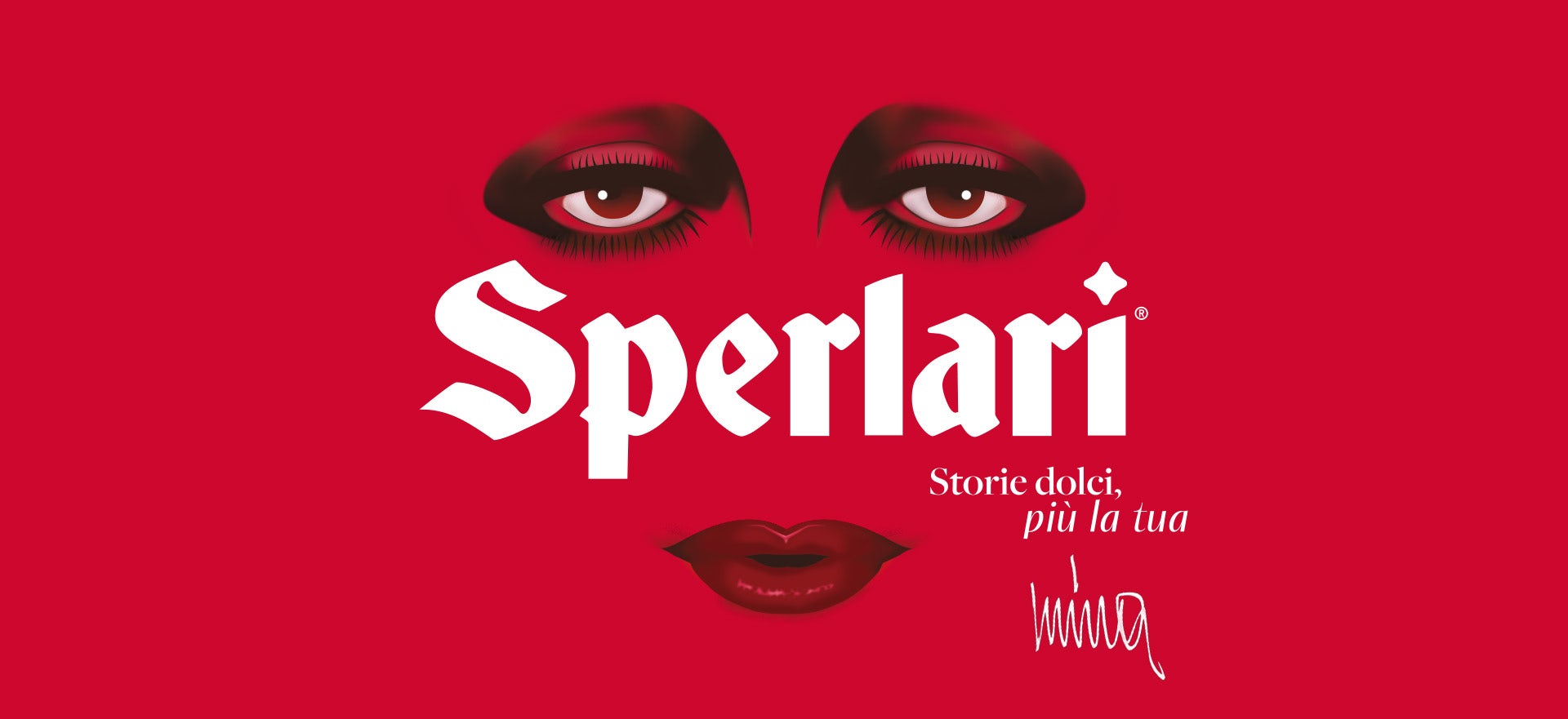Emoji e il loro significato
Le emoji sono parte integrante della nuova miniserie di Netflix, "Adolescence", che ha rapidamente attirato l'attenzione di pubblico e critica, offrendo uno sguardo approfondito sulle sfide dell'adolescenza nell'era digitale. La storia segue Jamie, un tredicenne accusato di aver ucciso la sua compagna di classe Katie, esplorando temi complessi come l'influenza dei social media, il bullismo, il sessismo e la misoginia, e l'adesione a pericolose sottoculture online.
"Adolescence" evidenzia come le piattaforme digitali abbiano dato vita a nuove forme di espressione, spesso incomprensibili per gli adulti, che possono veicolare messaggi ambigui o pericolosi. La serie mostra come specifici emoji possano assumere significati nascosti all'interno di alcune comunità online. Un esempio è l'emoji del fagiolo rosso, che nella narrazione viene utilizzato per identificare un individuo come "incel" (celibe involontario), dimostrando come anche simboli apparentemente innocui possano avere connotazioni più oscure e allarmanti.
Questa riflessione si intreccia con un altro tema di grande attualità: la "manosfera". Con questo termine si definisce un insieme di comunità digitali che diffondono ideologie maschiliste e misogine, spesso in forte opposizione ai movimenti femministi. All'interno di questa rete, gli "incel" rappresentano un sottogruppo particolarmente problematico, poiché spesso canalizzano la loro frustrazione e il loro senso di isolamento in atteggiamenti di risentimento e, talvolta, in istigazioni alla violenza contro le donne. "Adolescence" racconta come Jamie, in cerca di appartenenza e risposte, venga progressivamente assorbito da queste ideologie, sottolineando i rischi che queste comunità possono rappresentare per i giovani più vulnerabili.
In breve, "Adolescence" fa parlare di sé perché è effettivamente un'importante risorsa educativa che invita a riflettere sull'influenza dei linguaggi e delle sottoculture online sui giovani, sottolineando la necessità di un dialogo aperto e consapevole per guidarli attraverso le sfide dell'adolescenza.






